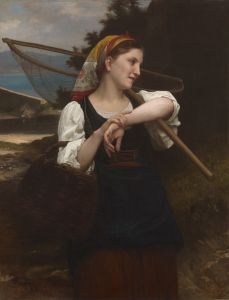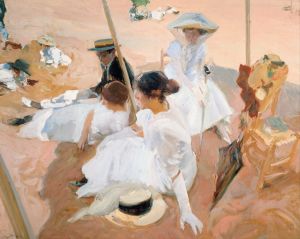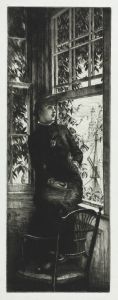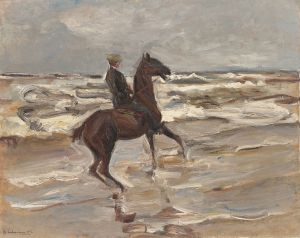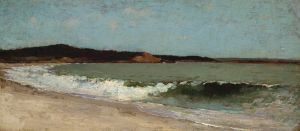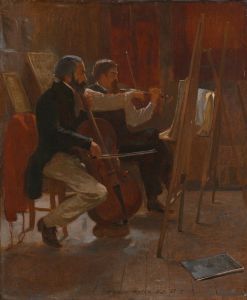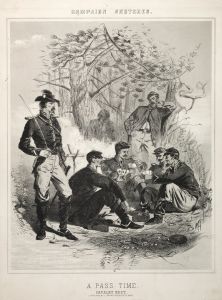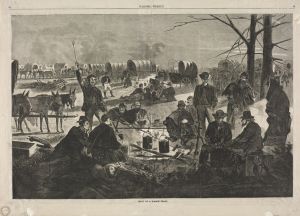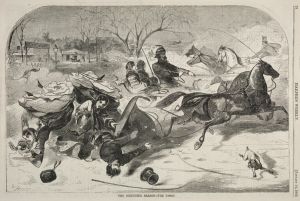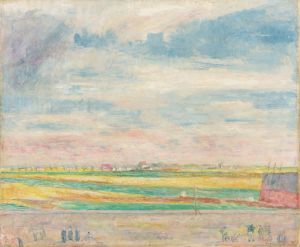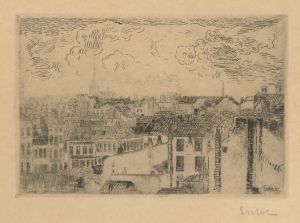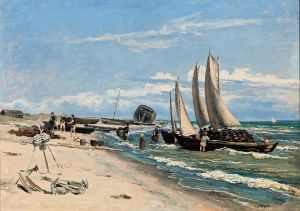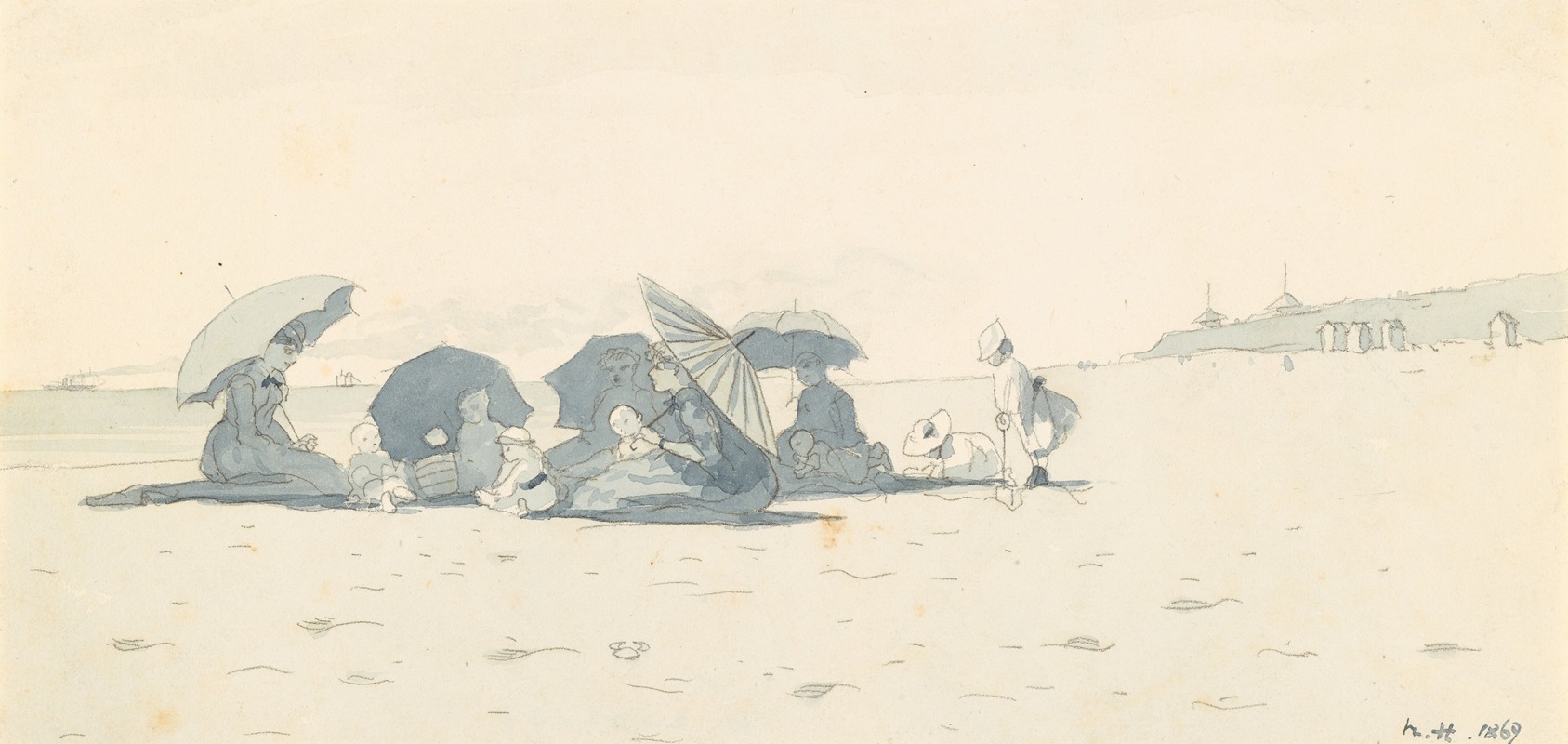
Women and Children on Beach at Long Branch, New Jersey
A hand-painted replica of Winslow Homer’s masterpiece Women and Children on Beach at Long Branch, New Jersey, meticulously crafted by professional artists to capture the true essence of the original. Each piece is created with museum-quality canvas and rare mineral pigments, carefully painted by experienced artists with delicate brushstrokes and rich, layered colors to perfectly recreate the texture of the original artwork. Unlike machine-printed reproductions, this hand-painted version brings the painting to life, infused with the artist’s emotions and skill in every stroke. Whether for personal collection or home decoration, it instantly elevates the artistic atmosphere of any space.
"Women and Children on the Beach at Long Branch, New Jersey" is a painting by the renowned American artist Winslow Homer. Created in 1869, this work is an exemplary piece from Homer's early career, showcasing his evolving style and interest in capturing contemporary life and leisure activities. The painting is an oil on canvas and measures approximately 12 x 20 inches.
Winslow Homer, born in 1836 in Boston, Massachusetts, is celebrated for his contributions to American art, particularly his marine subjects and depictions of American life. Before fully committing to painting, Homer worked as a commercial illustrator, which honed his skills in capturing scenes with clarity and narrative detail. His transition to painting allowed him to explore themes with greater depth and artistic freedom.
The painting depicts a serene beach scene at Long Branch, New Jersey, a popular seaside resort during the 19th century. Long Branch was known for attracting visitors from urban areas seeking leisure and relaxation by the sea. In this work, Homer captures the essence of a leisurely day at the beach, focusing on women and children, which was a common theme in his work during this period.
In "Women and Children on the Beach at Long Branch, New Jersey," Homer employs a soft color palette and loose brushwork to convey the relaxed atmosphere of the beach setting. The composition is balanced, with figures arranged in a manner that guides the viewer's eye across the canvas. The women and children are depicted in contemporary attire, engaging in activities typical of a day at the beach, such as strolling along the shore and enjoying the sea breeze.
Homer's attention to detail and ability to capture the nuances of light and shadow are evident in this painting. The play of sunlight on the sand and water, as well as the gentle movement of the figures, contribute to the overall sense of tranquility. This work reflects Homer's interest in the effects of light and atmosphere, which would become more pronounced in his later seascapes.
The painting is significant not only for its artistic qualities but also for its portrayal of social dynamics and leisure culture in post-Civil War America. During this time, the middle and upper classes increasingly sought leisure activities, and seaside resorts like Long Branch became fashionable destinations. Homer's depiction of women and children at leisure reflects broader societal changes, including the growing importance of family and domestic life.
"Women and Children on the Beach at Long Branch, New Jersey" is part of the collection at the Museum of Fine Arts, Boston. It remains an important work for understanding Homer's early development as an artist and his contribution to American genre painting. Through this piece, Homer captures a moment of everyday life with sensitivity and skill, offering viewers a glimpse into the past while highlighting timeless themes of leisure and family.





